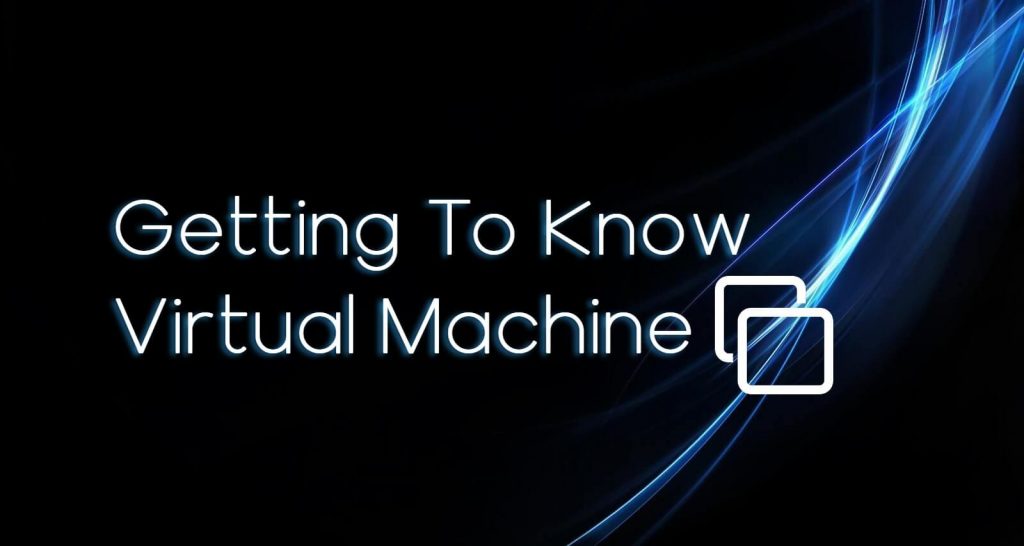A virtual machine ( VM) is a virtual environment created on a physical hardware device (located off- or on-premises) that acts as a virtual computer system with its own CPU , memory, network interface, and storage. Software called a hypervisor separates the resources of the machine from the hardware and provides them adequately so that VM can use them.
The physical machines, equipped with a hypervisor such as Kernel-based Virtual Machine (KVM), is called the host machine, host computer, host operating system, or simply host. Guest machines, guest computers, guest operating systems or simply guests are the other VMs that use its services. The hypervisor treats computing resources — such as CPU, memory , and storage — as a resource pool that can be easily relocated to existing guests or new virtual machines.
VMs allow several different operating systems to run on a single machine simultaneously — like a Linux ® distro on a MacOS laptop. The operating system operates in the same way that an operating system or program will usually run on the host hardware, and the end-user experience emulated within the VM is almost similar to a real-time operating system experience running on a physical computer.
Types of hypervisors
Type 1
A type 1 hypervisor is on bare metal. A Bare Metal type 1 hypervisor. The hypervisor schedules VM services directly to the hardware. For example,KVM is a type 1 hypervisor. In 2007, KVM was merged into the Linux ® kernel, so if you are using a modern version of Linux, you have access to KVM already.
Type 2
A Type 2 hypervisor, also called a host hypervisor, is a virtual machine manager installed on an existing operating system (OS) as software application.
Why Should You Use a VM?
There are many reasons why VMs have become a centerpiece of effective IT systems throughout the business world. VMs allow applications with multisystems to run concurrently, in the same place, without overhead. Simulated hardware is a versatile solution for multi-application, multi-user needs for an growing company server. Below are some reasons why businesses use virtualization as an IT solution:
- Operational flexibility. Able to operate multiple displays and system from the same console. Users are able to toggle among applications regardless of their OS. VMs simulate the experience of concurrently using several machines for complex multi-system servers. Additionally, certain systems remain completely separate from each other, adding a protection layer to the operations.
- Disaster recovery. VMware can be a disaster recovery solution which is highly effective. Since virtual machines make daily copies of their history of operations — copies that can be retraced and revisited as needed — there is little chance of data loss in the event of an unexpected hardware fail.
- Overhead reduced. VMware also needs power use and licensing of the device. Yet, VMware resource consumption is much lower than resource consumption with multiple hardware-based systems. Virtualisation make sure the equipment is maintained and updated regularly.
VM Management Techniques
VMs can quickly eat up your storage resources, slow down performance due to bottlenecks and consume lots of space with VM sprawl without the right management plan.
Here are some ways VMs to fix your server performance when it slows down.
Problem | Solution |
Configuration Change Virtual environment is constantly changing to accommodate new VMs and evolving applications. If left unchecked, these configuration changes can lead to downtime and time-consuming VM Sprawl. Configuration change can also lead to bottlenecks, which can be hard to identify when you are not aware of the shift in your configuration. | VM Management software Allows you to visualize configuration changes and adjust template from custom configuration changes. VM management software help you track changes in configuration, troubleshoot which configuration changes are the cause of downtime, and view changes in configuration changes overtime. |
In conclusion, VM management software allows you to visualize your VM dependencies with maps and graphics. Dependency management software may provide a clear view of the relationships among the diverse services within your virtual environment. Through an intuitive interface, you can gain insight into your VMs, application groups, storage metrics, and more.
Advantages and Disadvantages of Virtual Machine
Advantages | Disadvantages |
– Provides solutions for disaster recovery and application provisioning – Virtual machines are operated easily, supported and widely available – It can run multiple operating system environments on a single physical computer | – Multiple virual machines running on one physical machine may cause unstable performance – Virtual machine are less efficient and run slower than a physical computer |


